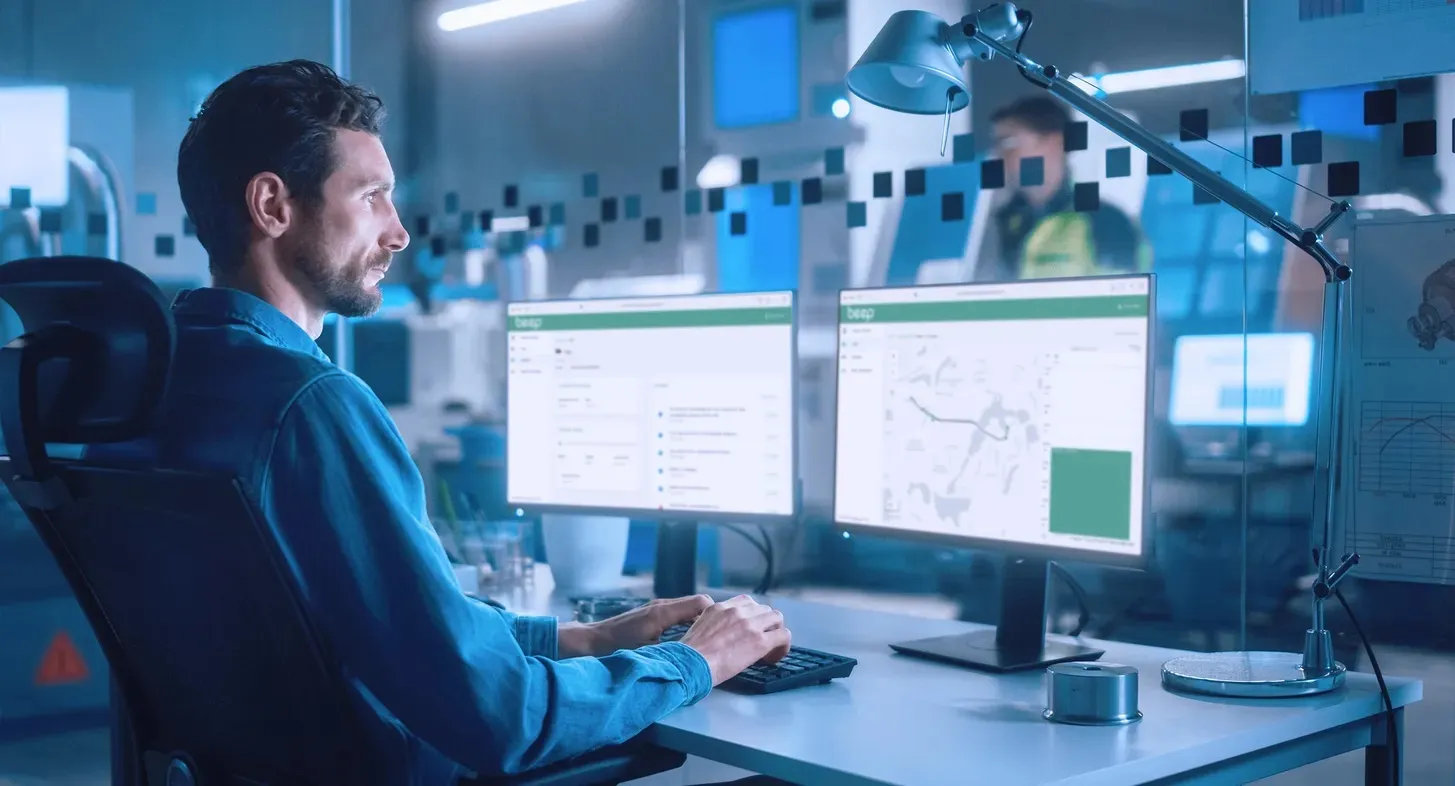
Tattile has developed Stark (Standard Tattile Architecture), an application framework layer common to all new-generation Tattile cameras.
The company says it is built to support a modular software structure, fast development, and easy integration of new features and edge algorithms, providing scalability over a wide range of Tattile devices.
The modular design means it can be extended to meet all application needs, with continuous integration and testing of the whole system "even in the worst working conditions to guarantee stability and reliable results", Tattile continues.
The product also has high-performance processing, with standard, legacy, and fully-customisable communication protocols supported, including API Rest for seamless integration with third-party back-office systems.
Stark also has a responsive and intuitive web interface with easy camera deployment and configuration, Tattile concludes.
Other features include a quick configuration wizard, intuitive access to device functionalities, configuration self-check and diagnostic report plus quick performance and results overview.










